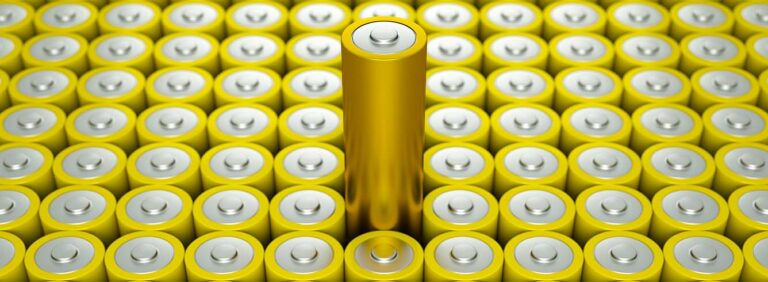This isn’t science fiction.
The multi-talented substance titanium dioxide (TiO2) is now being used as an active ingredient in paint and building materials that can remove pollutants from the air.
Imagine a city in which all the buildings automatically clean polluted air without the need for expensive filtration devices.
It sounds like something from a futuristic world, but the reality is that TiO2 is already making this fight against pollution a reality.
The latest independent research, for example, found that nitrogen oxide and nitrogen dioxide (NOx) levels can be reduced by between 15 and 38 percent on a typical London street
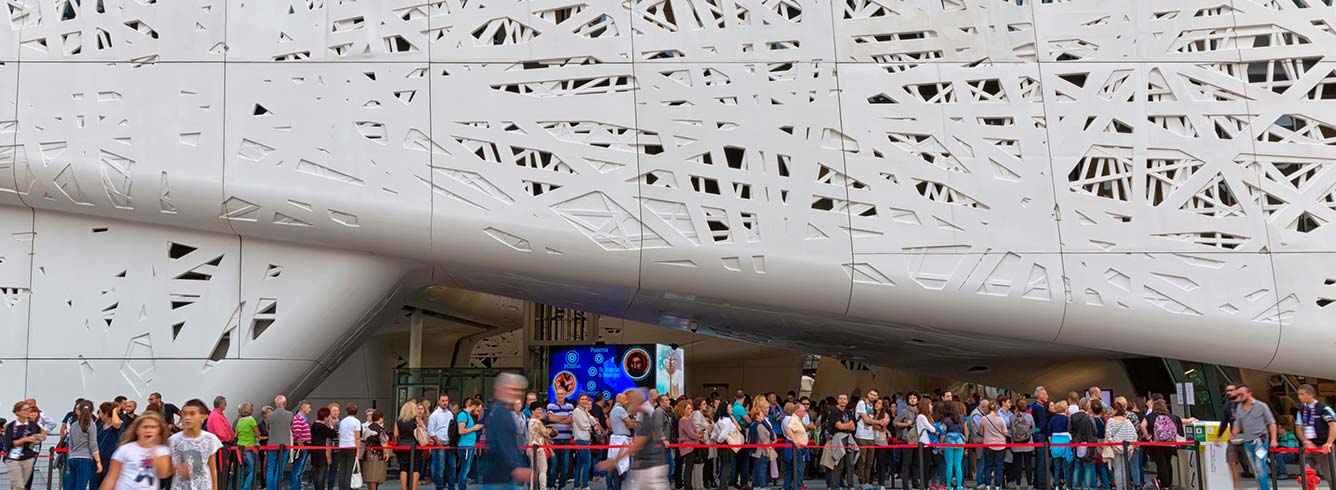
What’s so clever about TiO2?
Special types of TiO2 can remove harmful nitrogen oxides in the air through ‘photocatalysis’ – a process where light speeds up a naturally occurring chemical reaction called photolysis. Photocatalysis results in the rapid conversion of nitrogen oxides into harmless soluble nitrate salts which are removed from a building’s surface by rainfall.
By painting buildings, or using preformed materials containing these special types of TiO2, you can create this reaction on a large scale.
Typically produced by diesel- and petrol-driven engines, nitrogen oxides are both directly harmful to health and responsible for smog formation. This process of photocatalysis can be used to safely remove dangerous and polluting matter from the air.
Even better, the TiO2 isn’t consumed or degraded. This means that the TiO2-based coatings will continuously remove the pollutants from the air, helping to making it a cost-effective and low-maintenance solution. [1]
The potential of photocatalysis
The World Health Organization estimates that every year, 2.4 million people die as a result of air pollution. [2] If titanium dioxide was applied to buildings on a wide scale, cities could employ an additional tool to tackle the high levels of pollution produced on a daily basis.
The effectiveness of titanium dioxide as a photocatalytic material has been questioned – notably, in 2016 by the UK’s Air Quality Expert Group. However, following an independent review which analysed approximately 100 published articles and 12 field trials, titanium dioxide was in fact shown to be highly effective at reducing harmful pollutants when using well-formulated products applied to sufficiently large surface areas, which are also exposed to adequate natural light levels. [3]
While we are still some way from applying this thinking to all building materials, more and more buildings across the world are using this titanium dioxide-based technology within their construction process.
In Mexico City, which was named the most polluted city on the planet in 1992, [4] one of the city’s main hospitals, Torre de Especialidades, is fighting smog through the use of TiO2 tiles that cover the entirety of the external facade.
It is estimated that the TiO2 coating on the hospital alone can neutralise the pollution of 8,750 cars every day. [5]
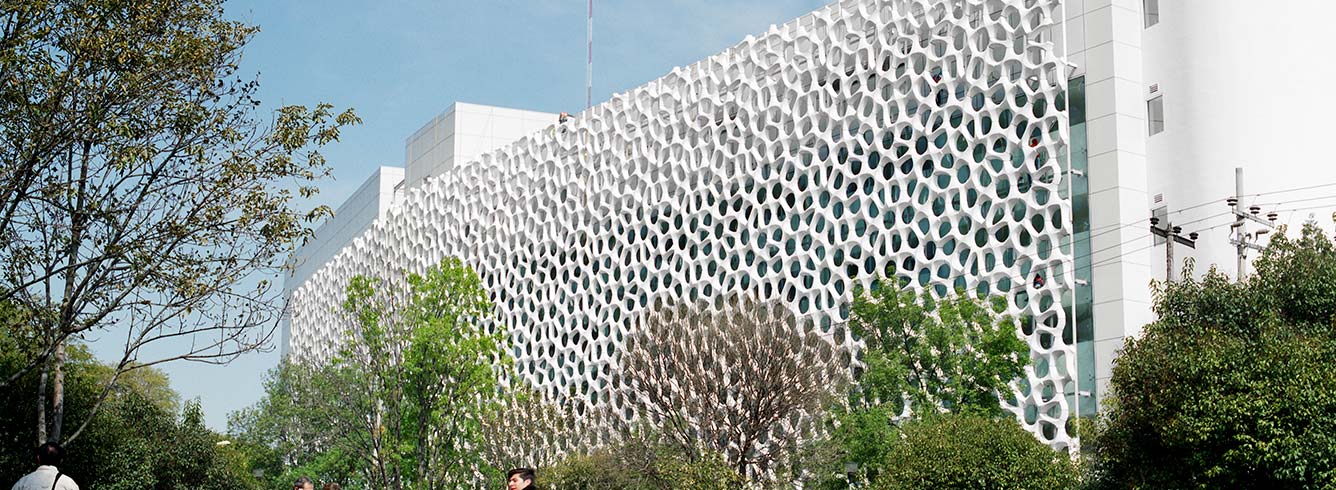
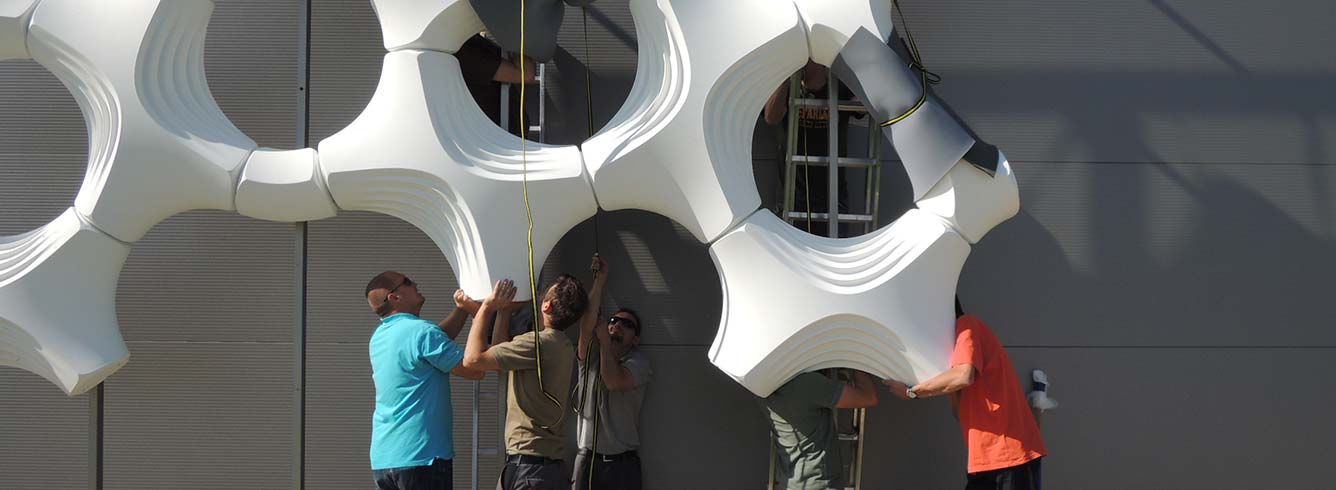
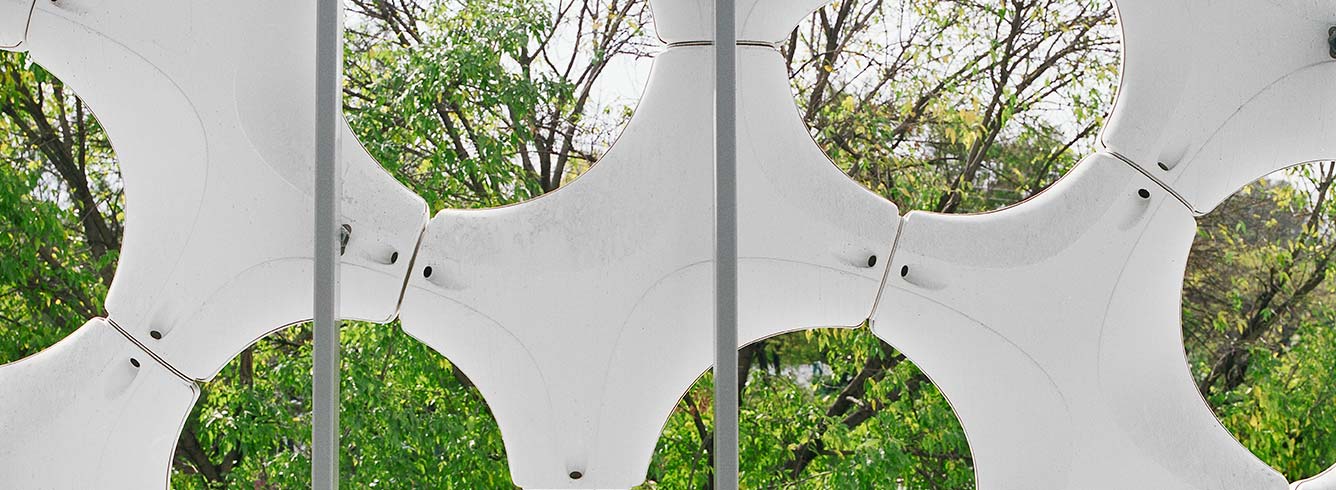
From paint to pavements
Taking this one step further, the Eindhoven University of Technology has developed a way to apply TiO2 to pavements, making them ‘photocatalytic pavements’. This concept can reduce smog in cities by between 19 and 45 percent, depending on conditions. [6]
Students from the University of California Riverside used a similar concept but applied it to roof tiles. Each roof tile is simply covered with titanium dioxide and, as they absorb sunlight throughout the day, the tiles remove the pollution from the air. [7]
When used in a particular way, titanium dioxide’s ability to remove pollutants directly from the air offers a huge opportunity in the fight to cut pollution levels. This is particularly relevant in cities, which have both high levels of pollution and a huge number of buildings.
There are limitations to using titanium dioxide on surfaces in the fight against local air pollution, but it can be used in combination with other measures to make a significant impact.
TiO2 provides a low-maintenance and cost-effective way to positively affect the living conditions of millions of urban-based people through improved local air quality.
Sources
- [1] Smog-Eating Buildings Battle Air Pollution
- [2] Global premature mortality due to anthropogenic outdoor air pollution and the contribution of past climate change
- [3] Executive Summary, Effectiveness of photocatalytic materials in tackling air pollution, Environmental Industries Commission
- [4] C40 Cities
- [5] Mexico City Hospital ‘Eats’ Pollution: Torre de Especialidades Features Innovate Facade Tiling That Neutralizes Smog
- [6] Smog-eating pavements: How they work
- [7] University of California: Cleaning the Air with Roof Tiles


